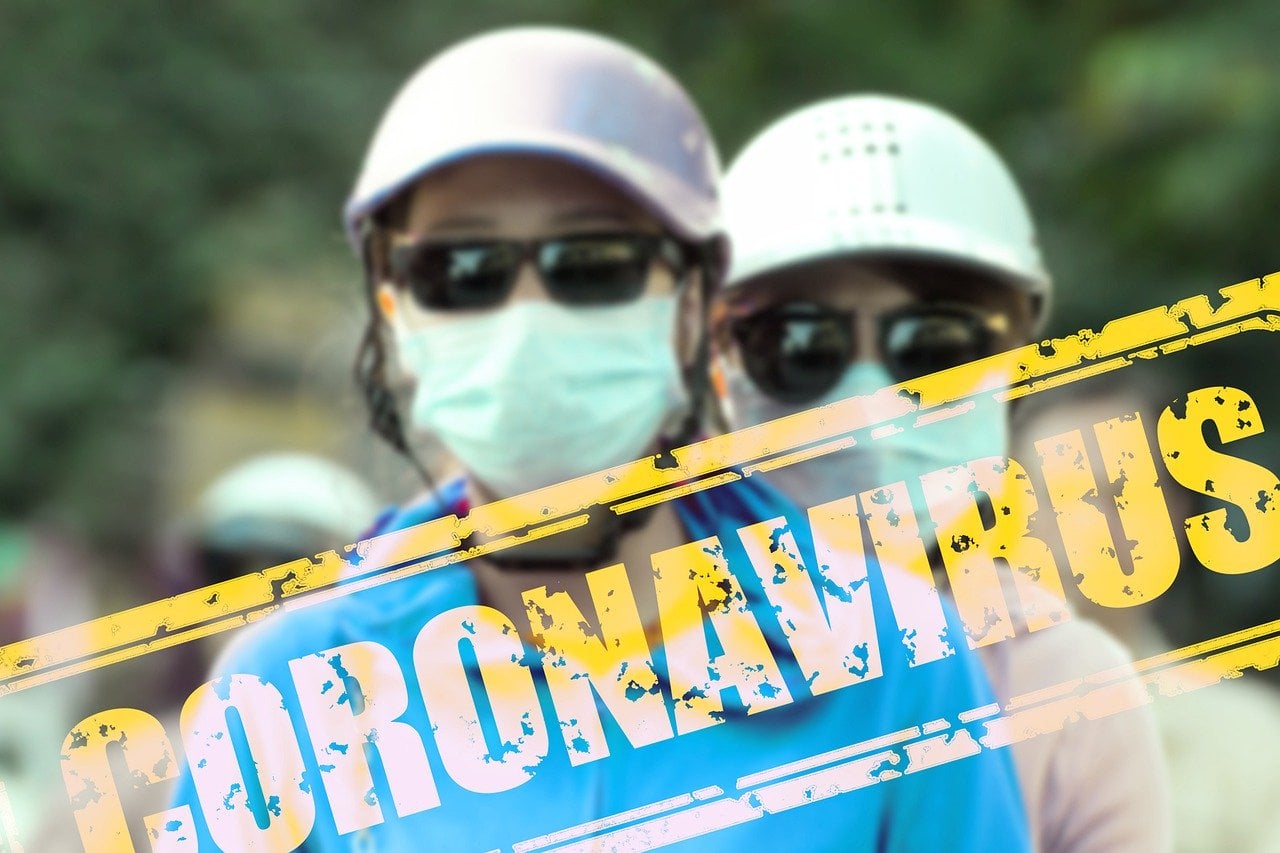There were warning signs that a second wave of coronavirus was about to hit China, and now those fears are being realized. According to multiple news accounts, the number of COVID-19 cases has spiked in some parts of Asia again after weeks of declining numbers of new infections.
Q4 2019 hedge fund letters, conferences and more
Life was getting back to normal in China
Just a day ago, Aljazeera reported that things were starting to get back to normal in China. Much of the nation has been under lockdown for about the last two months as the government imposed a broad quarantine. Wuhan and its province, Hubei, were sealed off from the rest of the country because they served as the epicenter of the outbreak.
Now as the number of cases of COVID-19 outside China has surged, the number inside the country has been dropping. In fact, there are more new cases outside China than there are inside. Some cities have gone several days without reporting any new cases of the virus. In Wuhan, at least 10,000 cases of COVID-19 remain, but some of the almost 4,000 medical personnel who responded to the outbreak have started to return home as the pressure has eased.
Some students are returning to school, and factories are starting to open back up after operations were suspended for weeks. However, this could all change as the second wave of the coronavirus hits China.
According to the Financial Times, authorities in China, Taiwan, South Korea and southeastern Asia are now pushing through new relief measures to deal with a second wave of the coronavirus. Reports indicate that the number of COVID-19 cases in China has increased suddenly after weeks of declines. Experts say this sudden increase reveals the limits of the social distancing and quarantine measures that have been taken in China.
One of the big concerns in China now is that Chinese who have been traveling outside the country will bring the virus back with them, triggering a second wave of the coronavirus when they return. Chinese who have been living in Europe, the U.S. and other parts of the world are returning as nations increasingly close their borders.
Imported infections on the rise across Asia
In fact, there are already signs of a sharp increase in the number of "imported" infections as Chinese who were living in Europe return home, bringing COVID-19 with them. Statistics from the Chinese government indicate that the number of imported cases of the virus increased from 50 two weeks ago to 155.
Since the World Health Organization declared COVID-19 a pandemic on March 11, approximately 120,000 people have entered China from outside the country each day. More than 10 provinces in China have ordered all international travelers to be quarantined for two weeks. Travelers will have to pay for their own accommodation and food during their quarantine.
South Korea has also seen a sudden uptick indicating a second wave of the coronavirus. Except for China, South Korea has been the worst-hit Asian nation. Officials there reported a sudden increase in new clusters of the virus, and they're concerned about the possibility of imported cases of COVID-19.
The number of cases in Hong Kong rose from 116 on March 9 to 168 on Tuesday, and nearly 90% of those new cases had traveled recently. Authorities there reported 14 new cases today, which is the largest one-day number so far. All but one of the new cases was imported from overseas.
Singapore is also seeing an increase in cases. The nation reported a 60% increase just over the last week, and officials there also expect more imported cases.





